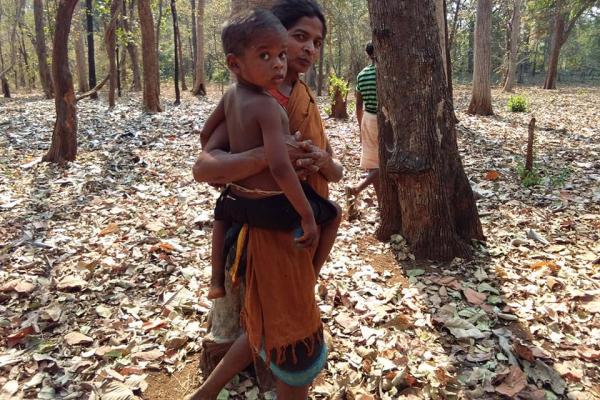May 8, 2019
Trying to superimpose Western democratic ideas of a state, electoral democracy, the police, and the criminal justice system onto their societies does not bode well. To add, the protracted conflict has made villagers suspicious of the state security forces, who they already see as violent oppressors.
Read the Full Article

Already a subscriber? Login
